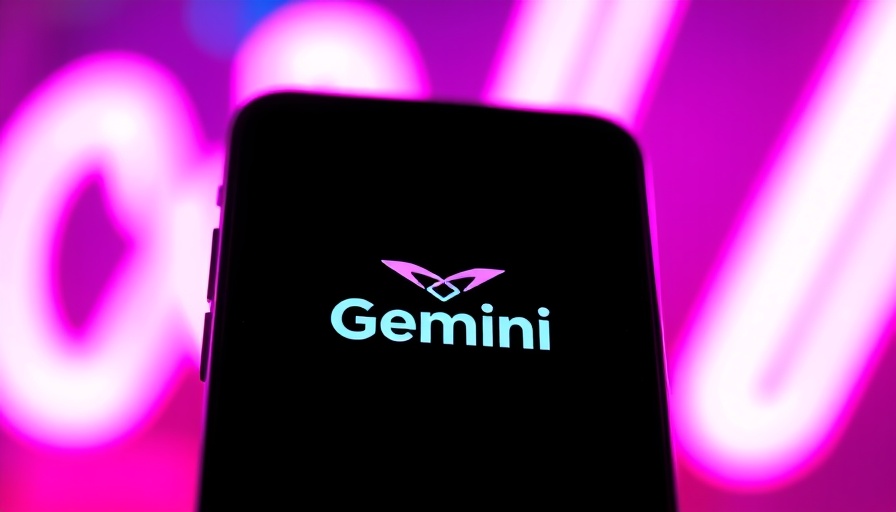
Cricket Media's Exciting Move: Why Sensical Matters for Your Kids' Streaming Choices
In a notable shift in the children’s media landscape, Cricket Media has recently acquired Sensical, a streaming service dedicated to providing age-appropriate content for kids aged 2 to 12. This merger aims to offer a safer, curated streaming environment where children can enjoy educational and entertaining programming without the risk of encountering inappropriate material.
Understanding the Acquisition: What’s at Stake?
The deal, which formally closed recently, showcases Cricket Media's strategic expansion into the streaming arena. By taking majority control of Sensical, Cricket hopes to leverage its extensive library of literature and character assets, empowering a generation with quality content that encourages learning and curiosity. Sensical, backed by Common Sense Networks, has made a name for itself by meticulously screening its offerings to make them safe and suitable for young viewers.
The Growing Need for Safe Kids' Content
In a time when major networks are retracting from children's programming—especially animated content—Cricket Media is stepping up to fill the void. Recent closures of Nickelodeon's preschool streaming service and shifts in focus at Warner Bros. Discovery raise serious concerns among parents about where to find reliable, suitable entertainment for their kids. Cricket’s acquisition of Sensical is a positive response to these changing dynamics in the entertainment landscape, ensuring access to wholesome options in a digital world often saturated with inappropriate material.
Data-Driven Safety: The Spectrum of Parental Concerns
As Eric Berger, the newly appointed CEO of the merged entity, points out, parents are increasingly worried about the content their children consume online. Sensical strives to address these concerns through its careful curation process, aiming to provide a safe harbor amidst a sea of potential risks. The service evaluates content against a rigorous set of standards to maximize brand safety—an important consideration for advertisers and parents alike.
Bridging Entertainment with Education: A Unique Value Proposition
Cricket Media has long been known for its educational magazines aimed at children, such as Cricket and Ladybug. This merger presents the opportunity to weave educational narratives into the fabric of Sensical’s offerings, thereby fostering a seamless blend of learning and fun. The alignment of Sensical’s data-driven approach with Cricket's mission creates a new roadmap for children’s digital media that captivates and educates.
Future Trends: What’s Next for Kids’ Streaming?
Looking ahead, it's clear that the landscape for kids’ media is rapidly changing. As concerns rise over content appropriateness and screen time limits, we can expect more parents to seek carefully curated platforms like Sensical that align with their values. This acquisition could serve as a template for similar collaborations in the future, ultimately benefiting children’s access to quality media.
Community Building and Parental Influence
With this partnership, Cricket Media and Sensical aim not only to entertain but to empower parents to be influential figures in their children’s digital consumption. By prioritizing the creation of integrated content that fosters interaction, learning, and creativity, they are poised to strengthen the community around children’s media. For parents, knowing there’s a dedicated space for their children that aligns with educational aspirations can be a great relief.
As the media landscape continues to evolve, it’s crucial for parents to stay informed about the options available to their children. Cricket Media's acquisition of Sensical is not just a business move; it represents a commitment to providing meaningful and safe entertainment for kids. If you want to ensure that your child engages with high-quality content, now's the perfect time to explore what Sensical has to offer.
Conclusion: Why This Matters
The acquisition of Sensical by Cricket Media illustrates a commitment to enriching children's digital experiences. As parents navigate the complexities of media for young children, this partnership signifies an encouraging direction toward safer, more educational content that resonates with both kids and parents alike.
 Add Row
Add Row  Add
Add 




Write A Comment